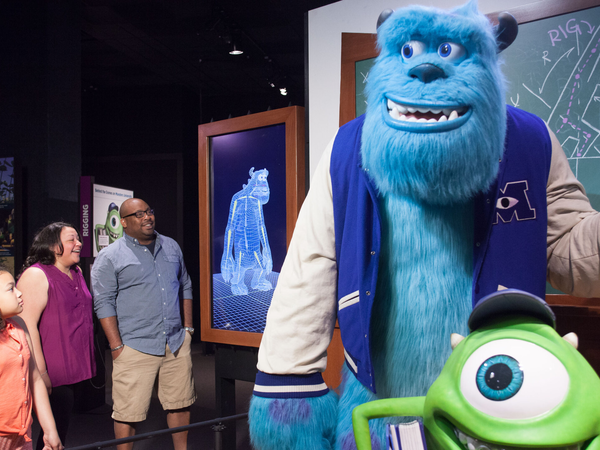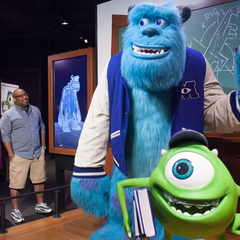Where Discovery Comes to Life
Open your mind at the Connecticut Science Center. Wonder, imagination, curiosity — it all happens here. As a leader in STEM, we spark inspiration with hands-on exhibits and interactive programs. It’s more than play — it’s a launchpad for our future.
The Science Behind PIXAR
Discover Pixar’s filmmaking magic through hands-on activities inspired by beloved films like Toy Story and Incredibles 2. Explore the production process, hear from Pixar team members, and meet life-sized recreations of Buzz Lightyear, Dory, WALL•E, and more!
Secrets of the Sea (3D)
Get ready to meet some of the ocean’s strangest and most spectacular creatures in Secrets of the Sea, narrated by Joelle Carter. From pygmy seahorses and opalescent squid to manta rays, tiger sharks, and a coconut octopus, this film brings you face-to-face with fascinating marine life and their unique interactions.
Wild Rescue (3D)
Wild Rescue follows the dedicated teams who rescue, rehabilitate, and release injured and orphaned wild animals. From the arrival of a fragile bobcat to the rehabilitation of a young fox evacuated during a wildfire, explore hospital admissions, groundbreaking medical treatments, and the delicate balance of wildlife care.
Cities of the Future (3D)
This isn’t science fiction — it’s happening now. Travel to cities like Amsterdam, Los Angeles, and Singapore to see how engineers are creating a sustainable future driven by human ingenuity.
Women in Science Saturday: Careers in Early Childhood Development!
Meet Dr. Julia Leonard’s team at the Leonard Learning Lab at Yale University and learn about careers in research.
 View
View
Sports Weekend
Get ready to move, explore, and play during Sports Weekend at the Connecticut Science Center! Join us for an action-packed event filled with interactive exhibits, hands-on activities, and fun demonstrations that explore the science behind your favorite sports.
 View
View
Forging Futures Robotics Workshop (Part I)
Participants will explore art and design, robotics, coding, and digital fabrication. The workshop will take place over two days (August 11 and August 13), and the price includes lunch each day. At the end of each day, your child and one adult will have access to the galleries until closing. Suitable for children in grades 4-8.
 View
View
Educator Open House
Ready to supercharge your teaching superpowers, inspire your students like never before, and have an unforgettable day of hands-on adventure? Then you can’t miss our annual FREE Educator Open House at the Connecticut Science Center — the ultimate summer experience designed just for you!
 View
View
Forging Futures Robotics Workshop (Part II)
Part II of a multi-day event, participants will explore art and design, robotics, coding, and digital fabrication. The workshop will take place over two days (August 11 and August 13), and the price includes lunch each day. At the end of each day, your child and one adult will have access to the galleries until closing. Suitable for children in grades 4-8.
 View
View
Sensory Friendly Day (August)
At the Connecticut Science Center, we believe everyone deserves an engaging and inclusive experience. That’s why we’ve created Sensory Friendly Days, designed for individuals with Autism Spectrum Disorders (ASD) and sensory processing differences.
 View
View
Toddler Tuesday (September): Science Fun
On select Tuesdays, the Science Center transforms into a magical playland where little ones, ages 6 and under, can explore a world of discovery with crowd-controlled spaces, hands-on activities, and special programming designed just for them.
 View
View
Sensory Friendly Day (September)
At the Connecticut Science Center, we believe everyone deserves an engaging and inclusive experience. That’s why we’ve created Sensory Friendly Days, designed for individuals with Autism Spectrum Disorders (ASD) and sensory processing differences.
 View
View

The Science Behind PIXAR
Discover Pixar’s filmmaking magic through hands-on activities inspired by beloved films like Toy Story and Incredibles 2. Explore the production process, hear from Pixar team members, and meet life-sized recreations of Buzz Lightyear, Dory, WALL•E, and more!

Exploring Space
The galaxy is yours to explore! Blast off on a journey through the cosmos in this reimagined gallery, where hands-on activities, immersive media, and incredible artifacts bring space to life.
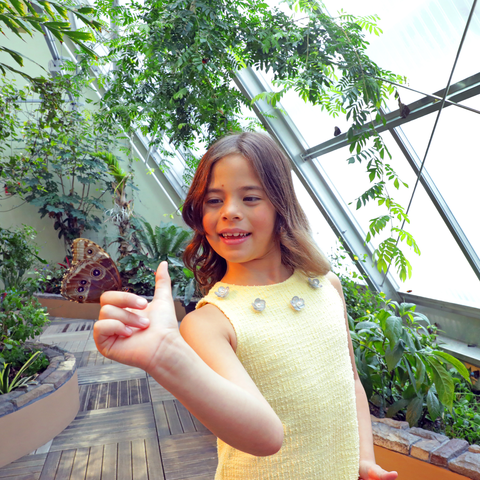
Butterfly Encounter
Nature's magic doesn't get closer than this. Spread your wings and immerse yourself in a one-of-a-kind butterfly wonderland! Wander through a lush, tropical habitat with 20–30 species of free-flying butterflies from around the world.

KidSpace
Experience KidSpace, where water meets wonder in a hands-on sensory adventure. Feel the rush of swirling currents, design wild water pathways, and watch colorful balls twist through a vortex. Build, tinker, and test your creativity at the LEGO® Duplo table, where imagination flows.
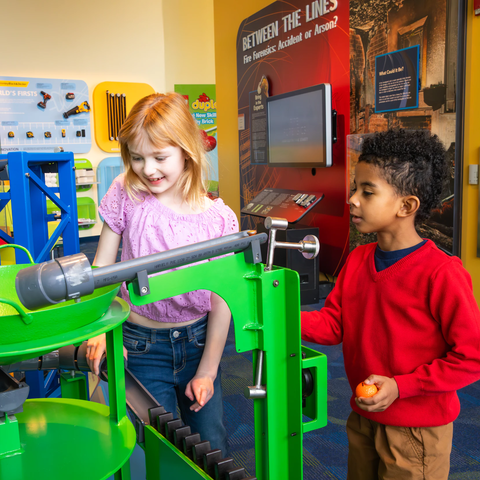
Invention Dimension
Prepare for inspiration to strike! The Invention Dimension is where passion for innovation and ingenuity ignites. This gallery celebrates the creativity of past inventors and nurtures the creative instincts of the next generation.
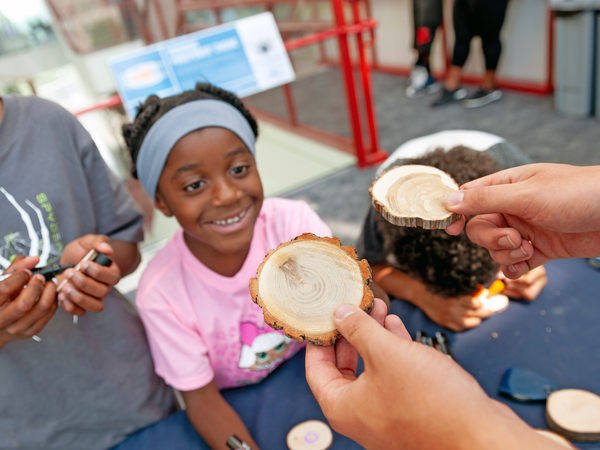
School Groups
Get your class up-close with science! From hands-on field trips with live shows, exhibits, and even butterflies to traveling programs that bring the excitement straight to your school, the Connecticut Science Center makes STEM unforgettable. Book your group adventure today!

Youth Groups
Dynamic STEM programs for Scouts, camps, libraries, and other groups of 15 people or more. From hands-on workshops to exciting summer experiences, these programs are designed to engage participants of all ages — whether you’re coming here or we’re coming to you.
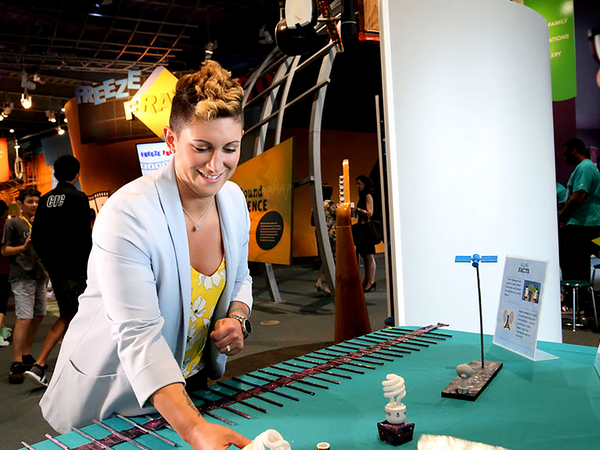
Pathways to STEM
Through dynamic career-focused exhibits, engaging events, and hands-on programming, the Science Center sparks an interest in STEM careers, connects young minds with mentors and potential employers, and prepares young learners to emerge as career-ready innovators.
Mission
The Connecticut Science Center is dedicated to inspiring lifelong learning through interactive and innovative experiences that explore our changing world through science. We strive to create an engaging and sustainable science center that serves families and schools and significantly impacts student and adult learning in Connecticut. We seek to develop the minds of future thinkers and inventors who will compete in the ever-expanding global marketplace for technology and innovation. And we endeavor to create a Connecticut workforce that meets the projected growth of jobs in science-related fields.
Ways to Support Our Work
Digital experience presented by
Premier Partners







